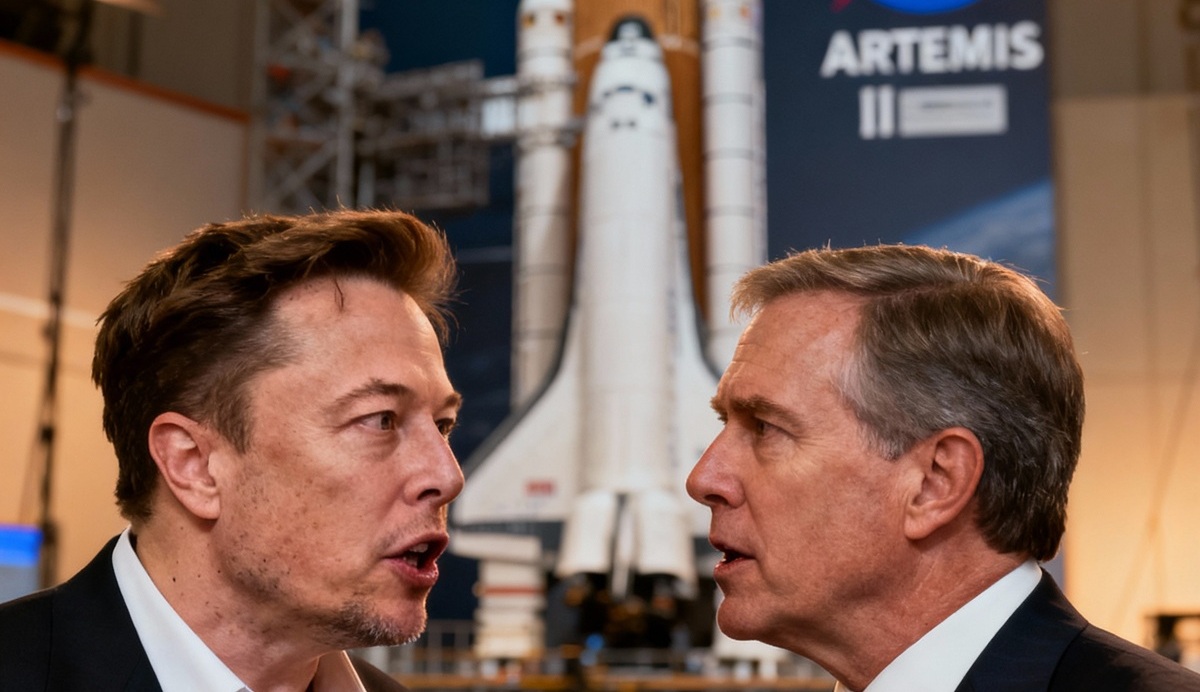KOUROU, FRENCH GUIANA: In a significant event for European space science, the first MetOp Second Generation (MetOp-SG-A1) satellite—equipped with the advanced Copernicus Sentinel-5 instrument—was successfully launched into orbit today atop an Ariane 6 rocket. Liftoff from Europe’s Spaceport in Kourou occurred precisely at 02:37 CEST (21:37 local time, August 12), heralding a new era of detailed weather prediction, atmospheric monitoring, and climate observation from polar orbit.
The 4,000kg MetOp-SG-A1 satellite was confirmed healthy and operational after establishing communication and deploying its solar array at 04:47 CEST, an essential step to commence full operations in orbit.
The MetOp-SG mission, a collaborative effort between the European Space Agency (ESA), EUMETSAT, and the European Commission, builds on the highly successful first generation of MetOp satellites—already credited with major advances in European and global weather forecasting.
The Second Generation is structured as three pairs of satellites, each comprised of an A- and B-type platform, designed to fly in polar orbits approximately 800km above Earth. Together, these six satellites will operate over at least the next two decades, gathering essential data to support everything from daily forecasts to long-range climate models.
A centerpiece of MetOp-SG-A1’s payload is the Copernicus Sentinel-5 instrument, built by Airbus Defence and Space. Sentinel-5 will orbit the planet every 100 minutes, gathering daily data on crucial air pollutants and trace gases such as ozone, nitrogen dioxide, sulphur dioxide, formaldehyde, glyoxal, carbon monoxide, methane, aerosols, and ultraviolet radiation. Its comprehensive measurements will power the Copernicus Atmosphere Monitoring Service and the Copernicus Climate Change Service, directly informing authorities about air quality and climate trends across Europe and beyond.
Didier Martin, Sentinel-5 Project Manager at ESA, described the launch as “incredible,” highlighting the potential for data about atmospheric gases and pollutants “that affect the air we breathe and drive global climate”.
ESA oversaw the design and development of the satellites, while EUMETSAT is responsible for launch, ground control, long-term operations, and data dissemination to the scientific and meteorological communities. The European Commission, key space agencies (including CNES and DLR), and Europe’s space industry have all played vital roles.
Simonetta Cheli, ESA’s Director of Earth Observation Programmes, emphasized, “With increasingly erratic weather patterns, timely and precise forecasting has never been more crucial. The MetOp-SG mission is now set to play a critical role in improving weather forecasts and climate monitoring.”
Phil Evans, EUMETSAT’s Director-General, added, “Extreme weather has cost Europe hundreds of billions of euros and tens of thousands of lives over the past 40 years. MetOp-SG will give national weather services sharper tools to save lives, protect property, and build resilience against the climate crisis. This is the beginning of an exciting new chapter.”
MetOp-SG-A1 carries six instruments, among them a next-generation infrared atmospheric sounder, multispectral imaging radiometer, novel multiviewing/multipolarisation imager, radio occultation sounder, and the Sentinel-5 spectrometer.
Its partner, MetOp-SG-B1, is scheduled to launch next year to complete the first pair. The B-type satellites add a scatterometer, microwave imager, and an Argos-4 data collection system. Notably, all MetOp-SG satellites feature an extra thruster for controlled self-disposal at end-of-life, demonstrating a commitment to sustainability in space operations.
While MetOp-SG satellites deliver high-resolution polar-orbit observations, they work alongside the Meteosat Third Generation satellite series in geostationary orbit, which offer continuous views over fixed Earth regions. This dual-perspective approach maximizes the quality and coverage of meteorological and climate data for Europe and the world.
The Ariane 6 rocket, standing over 60m tall and weighing nearly 900 tonnes at launch, serves as the backbone of Europe’s autonomous space access. The launch of MetOp-SG-A1 and Sentinel-5A marks its third flight and second operational mission, successfully deploying the crucial payload into a sun-synchronous orbit.
MetOp-SG-A1 will soon begin its commissioning phase as scientists and engineers verify instrument functions and data flows. Once fully operational, it promises significant advances in the accuracy, timeliness, and reliability of weather forecasts and climate monitoring—delivering benefits to citizens, industry, and governments worldwide.



![Artist's rendering of Moonraker, a smallsat mission that will map the lunar poles in unprecedented detail and de-risk future landing sites. [Credit: NUVIEW]](https://spacenewscast.com/wp-content/uploads/2025/06/Moonraker_Satellite_Rendering.jpg)

